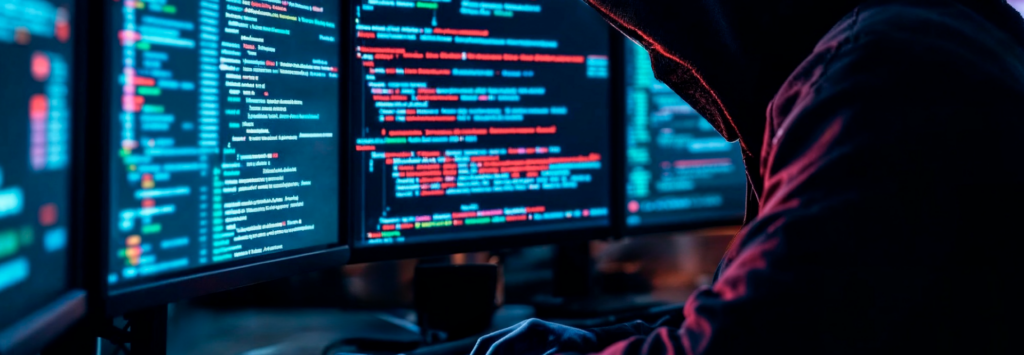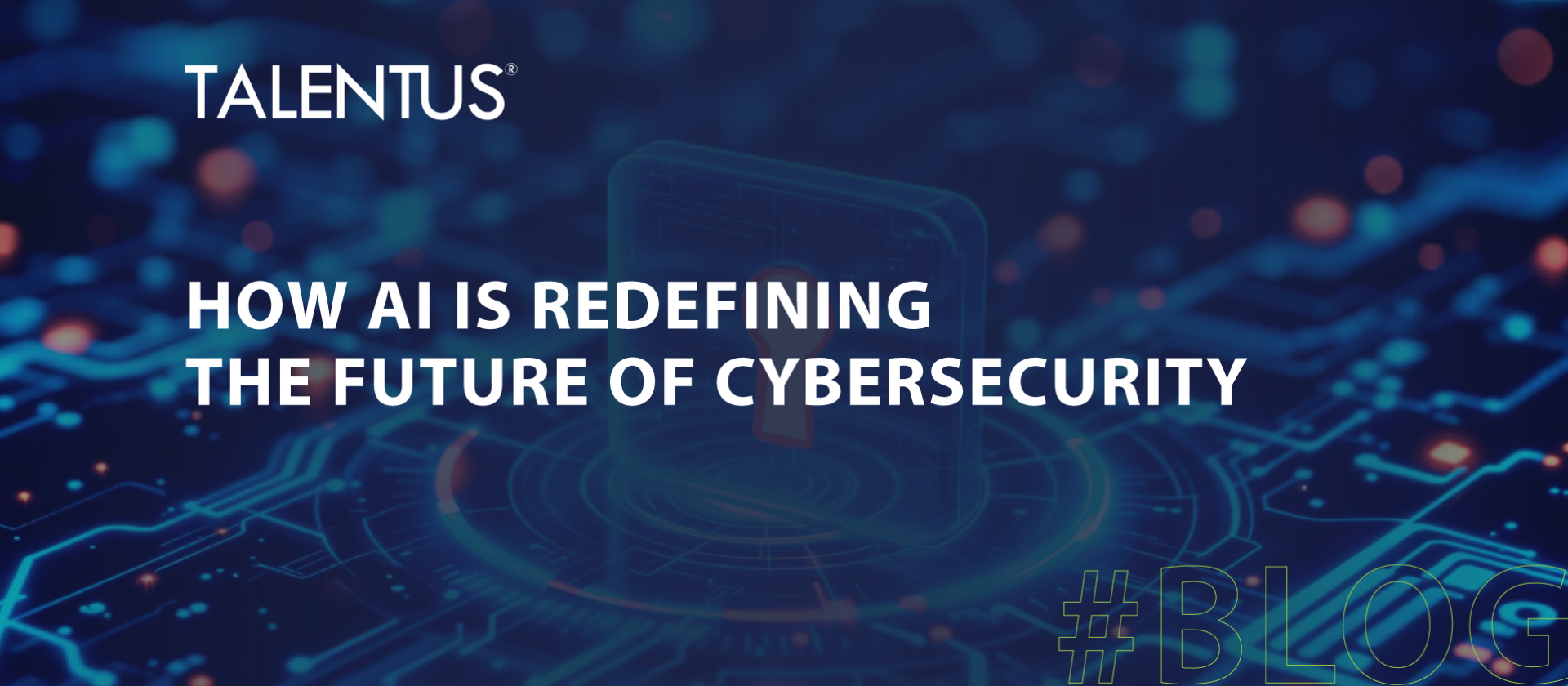How AI Is Redefining the Future of Cybersecurity – The landscape of cybersecurity is undergoing a seismic shift. Human-driven, conventional methods are no longer adequate to remain ahead of cyber threats today — especially as attackers themselves are beginning to use artificial intelligence.
AI is at the center of this transformation, presenting both unprecedented challenges and powerful new tools. As cybercriminals get smarter, organizations must get smarter faster. AI is quickly becoming the key to that evolution.
Why AI Is Now Critical in Cybersecurity
Global cybercrime will cost the world $10.5 trillion annually by 2025. AI-powered attacks — deepfakes, adaptive malware, voice cloning, and more — are driving much of this growth. To combat it, organizations need to fight fire with fire, using AI to enhance their defenses and get ahead.
Smarter Detection Through Pattern Recognition
Generative AI is perhaps most well-known for generating content, but in the context of cybersecurity, its machine learning is a game-changer. AI-driven systems can sift through tremendous amounts of data in real time — something no human team can keep up with.
This enables advanced behavioral analysis: AI can establish baselines for “normal” traffic, alert in real time on anomalies, and identify patterns that signal emerging threats. It doesn’t just react — it learns and adapts.
AI can even identify remaining weaknesses or overlooked weak points from past breaches, giving organizations a second chance to plug holes before being breached again.
Automating the Mundane to Focus on the Mission
One of AI’s most underrated capabilities is its ability to automate the drudgery — firewall rules, vulnerability scanning, log analysis, and more. By relegating this heavy lifting to AI, security teams can concentrate on high-level strategic work and threat remediation.
From Reactive to Proactive Security
AI doesn’t just allow you to respond faster — it allows you to prepare better.
AI-powered simulated attacks can also uncover vulnerabilities ahead of malicious actors finding them. Think phishing emails generated by LLMs or social engineering using deepfakes — AI can mimic those threats so that teams can rehearse defending against them.
AI also enhances threat modeling and risk analysis, offering predictive insights and prioritized recommendations that guide smarter security decisions.

Real-World Innovations Already in Play
Below are just some of the areas where AI is taking cybersecurity forward:
Predictive Threat Intelligence: AI can now anticipate attack patterns from cross-platform data, enabling preemptive defenses.
Self-Healing Systems: AI tools exist now that automatically detect, diagnose, and fix vulnerabilities — without having to wait for human intervention.
Advanced Phishing Detection: Through tone, intent, and sender behavior analysis, AI can detect phishing attacks that even advanced users may not notice.
AI-Powered Biometrics: From DNA and fingerprints to facial recognition, AI is revolutionizing secure authentication — particularly in IoT environments.
The AI Security Tipping Point
AI in cybersecurity isn’t a trend — it’s the new normal. Nearly 70% of IT professionals are already leveraging AI tools to strengthen defenses, and nearly all the rest are investigating implementation.
As AI matures, expect to see more integration, smarter defenses, and a whole shift in how security teams operate.
Previous blog: What is Salesforce and How Can It Transform Your Business?
The Time To Act Is Now
AI is reinventing cybersecurity from the foundations. It’s more rapid, adaptive, and has the ability to foresee attacks before they occur. The risks are huge, but the potential benefits are just as significant.
Organizations that implement AI today will be the ones best positioned to manage tomorrow’s threats — and to do so at scale. Cybercrime is evolving. Your defenses must also.
Find all our tech blogs here
We are Talentus: a global company that provides US companies with reliable IT services, near-shore talent, and support up to their necessities.
